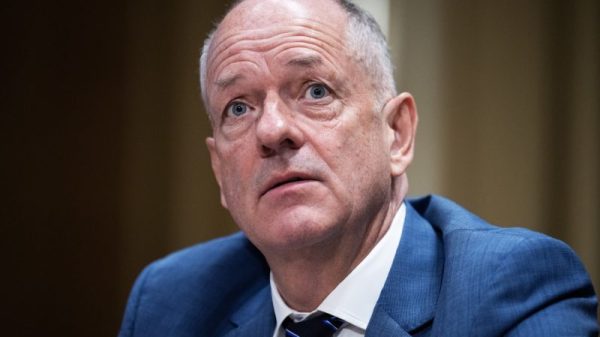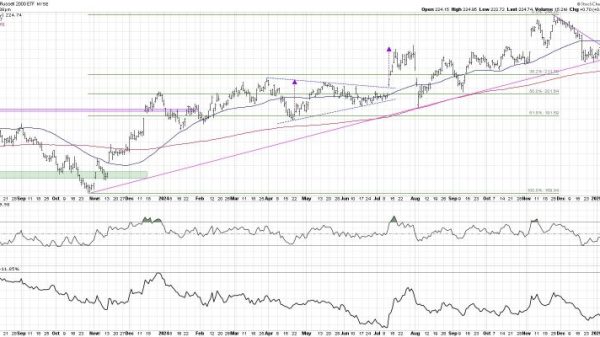Facing a crowd of journalists, inventor Thomas Midgley Jr. poured a lead additive over his hands and then proceeded to inhale its fumes for about a minute. Unfazed, he said, “I could do this every day without getting any health problems whatsoever.”
Soon afterward, Midgley needed medical treatment. But the act would have dire consequences beyond his own well-being.
The year was 1924, and Midgley, then a chemical engineer for General Motors, had pulled the stunt to support his most recent, lucrative finding: a lead compound called tetraethyl lead. Added to gasoline, it solved one of the biggest problems the automotive industry faced at the time — engine knocking, or tiny explosions in car engines due to the low quality of gasoline that resulted in an annoying sound and potential damage. Lead helped, but at great expense, because the substance is highly toxic to humans, especially children.
Midgley would go on to leave his mark in history with another destructive invention, also a solution to a problem: the need to replace the noxious and flammable gases used in refrigeration and air conditioning. He found that CFCs, or chlorofluorocarbons, were an ideal substitute and harmless to humans. However, they turned out to be deadly to the ozone in the atmosphere, which blocks dangerous ultraviolet radiation that can cause skin cancers and other health problems, as well as harming plants and animals.
One hundred years after that stunt before the press in 1924, the planet is still recovering from the ill effects of both of Midgley’s inventions. The ozone layer will need another four decades to heal fully, and because leaded gasoline was still sold in parts of the world until 2021, many continue to live with the long-term effects of lead poisoning.
Yet Midgley — whose story will be told in an upcoming movie developed by the writer of the 2013 film “The Wolf of Wall Street” — was hailed as a hero for decades.
An inventor from his early days
Born in Beaver Falls, Pennsylvania, in 1889, Midgley had a penchant for finding useful applications for known substances early on. In high school, he used the chewed bark of the slippery elm trees to give baseballs a more curved trajectory, a practice professional players would later pick up.
He was known to carry with him at all times a copy of the periodic table, his main tool in the search for the substance that would mark his breakthrough invention.
The task of addressing the issue of engine knocking fell to Midgley while he was working at General Motors in 1916.
“It was the dawn of the automobile era in the United States, and Ford had developed the Model T, which was not very powerful,” said Gerald Markowitz, a history professor at the City University of New York. “GM joined with Standard Oil and DuPont to try to develop more powerful engines, and in order to do that they needed to solve the problem of the engines knocking with the fuel that they had at the time.”
Under the direction of Charles Kettering, another influential American inventor and head of research at GM, Midgley worked his way through thousands of substances — including arsenic, sulfur and silicon — in a quest to find one that reduced knocking when added to gasoline. He eventually landed on tetraethyl lead, a lead derivative that was marketed simply as Ethyl. Leaded gasoline first went on sale in Dayton, Ohio, in 1923 and eventually spread throughout the world.
Lead is highly poisonous, with no safe level of exposure, and can impair development in children, causing decreased intelligence and behavioral disorders, according to UNICEF. An estimated 1 million people a year still die from lead poisoning, according to the World Health Organization.
The toxicity of lead was already well-known when Midgley added it to gas, but that didn’t stop Ethyl from becoming a commercial success.
“There were alarms that were raised, because lead was known as a toxin,” Markowitz said. “But the position of the industry was that there was no proof that lead coming out of the tailpipes of cars was going to injure people. And it was that lack of proof that ultimately led the surgeon general not to take action after a public health conference in 1925.”
However, workers in Ethyl manufacturing quickly experienced ill effects.
“It was really the fact that the people working in the labs producing tetraethyl lead were getting sick that created a crisis,” Markowitz said. “They would literally go insane as a result of their exposure to lead.”
Midgley went as far as pouring Ethyl over his hands and inhaling it during that 1924 news conference in an attempt to quench fears.
But in reality, he was also getting poisoned.
“He definitely wrote in a letter in January of 1923 that he had a touch of lead poisoning, and he did have lead poisoning for the rest of his life,” said Bill Kovarik, a professor of communication at Radford University in Virginia. “It doesn’t really go away when you get that much lead in your body. It is a serious, long-term disability.”
Punching a hole
Just years after the invention of Ethyl, Midgley — again spurred by Kettering — turned his attention to developing a nontoxic, nonflammable alternative to refrigerant gases such as ammonia, which were used in appliances and air conditioners at the time, leading to a series of fatal accidents in the 1920s.
He came up with Freon — a derivative of methane, composed of carbon, chlorine and fluorine atoms — the first CFC. In another public demonstration, in 1930, Midgley inhaled the gas and blew out a candle with it, a move designed to show its safety.
Freon, as well as subsequent CFCs, became commercial successes, and made air conditioning adoption shoot up in the United States. After World War II, manufacturers started routinely using CFCs as propellants for all sorts of products, including insecticides and hair spray.
It was the mid-1970s, three decades after Midgley’s death, before the damage from his two inventions became publicly known. CFCs had punched a hole in the ozone layer over Antarctica; if left unchecked, the hole would have expanded to the point of eventually threatening all life on Earth.
As a result of continued industry pressure, leaded gasoline was not phased out in the United States until 1996 and slowly thereafter throughout the world. The last nation to get rid of it, Algeria, still sold it until 2021, and lead additives continue to be used in aviation fuel. A 2022 study estimated that half of the current US population had been exposed to dangerous levels of lead in early childhood, but the damage to the world’s collective health is harder to quantify.
In 1987, the Montreal Protocol was signed to phase out CFCs from 1989 until 2010, after which they were banned. (CFC emissions have been rising again recently, a sign that they may still be produced illegally.) The hole in the ozone layer is on the mend and will likely heal in the next half–century in a rare environmental win.
“The very sad truth is that we don’t know especially the number of children who have been adversely affected,” Markowitz said. “There is no safe level of lead in a child’s body. We’re talking tens of millions of children, hundreds of millions of children over a half-century or more that have been affected adversely, their life chances diminished from lead dust as a result of the exhaust gases that got into the ground or into the streets.”
A tragic death
Midgley’s life ended under tragic circumstances. After contracting polio in 1940, he became severely disabled and devised yet another invention: a machine that would lift him out of bed and into a wheelchair autonomously, via strings and pulleys. But on November 2, 1944, he became entangled in the machine and died of strangulation.
How to get help
Help is available if you or someone you know is struggling with suicidal thoughts or mental health matters.
In the US: Call or text 988, the Suicide & Crisis Lifeline.
Globally: The International Association for Suicide Prevention and Befrienders Worldwide have contact information for crisis centers around the world.
For a long time, it was believed to have been the ultimate irony — the inventor dying by his own invention. But the reality may be even darker, according to Kovarik.
“The official cause of death was suicide,” he said. “He had a tremendous sense of guilt. The industry told him he was brilliant. But he did stuff that in hindsight was pretty irresponsible. The lead poisoning could have contributed to his psychosis.”
Midgley received several awards and honors in the late stages of his life. The Society of Chemical Industry awarded him the Perkin Medal in 1937; the American Chemical Society gave him the Priestley Medal in 1941 and elected him as president in the year of his death.
A biographical memoir from the National Academy of Sciences, written by his mentor Kettering in 1947, contains nothing but praise and ends by saying that Midgley left behind “a great heritage to the world from a busy, a diversified, and a highly creative life.”
History has other examples of inventions that turned out to be unwittingly deadly, such as TNT, which was originally developed for use as a yellow dye and not used as an explosive until decades later. Midgley is unique in having developed two such inventions, but although it’s tempting to see him as an environmental villain, experts say his role was more akin to a cog in the machine.
“He was just an employee,” Kovarik said.
Markowitz agrees. “This was corporate-sponsored research,” he said. “Had it not been Midgley, I’m sure it would have been somebody else who would have come up with these solutions.”
Striving for growth and innovation at all costs was reflective of the conception of progress in the first half of the 20th century, Markowitz added. “Only with the environmental movement that started in the 1960s and 1970s did we begin to consider what the consequences of technological progress could be,” he said.
“That has had a really sobering effect, but up through the 1950s there were very few voices questioning the idea that progress was our most important product.”


































